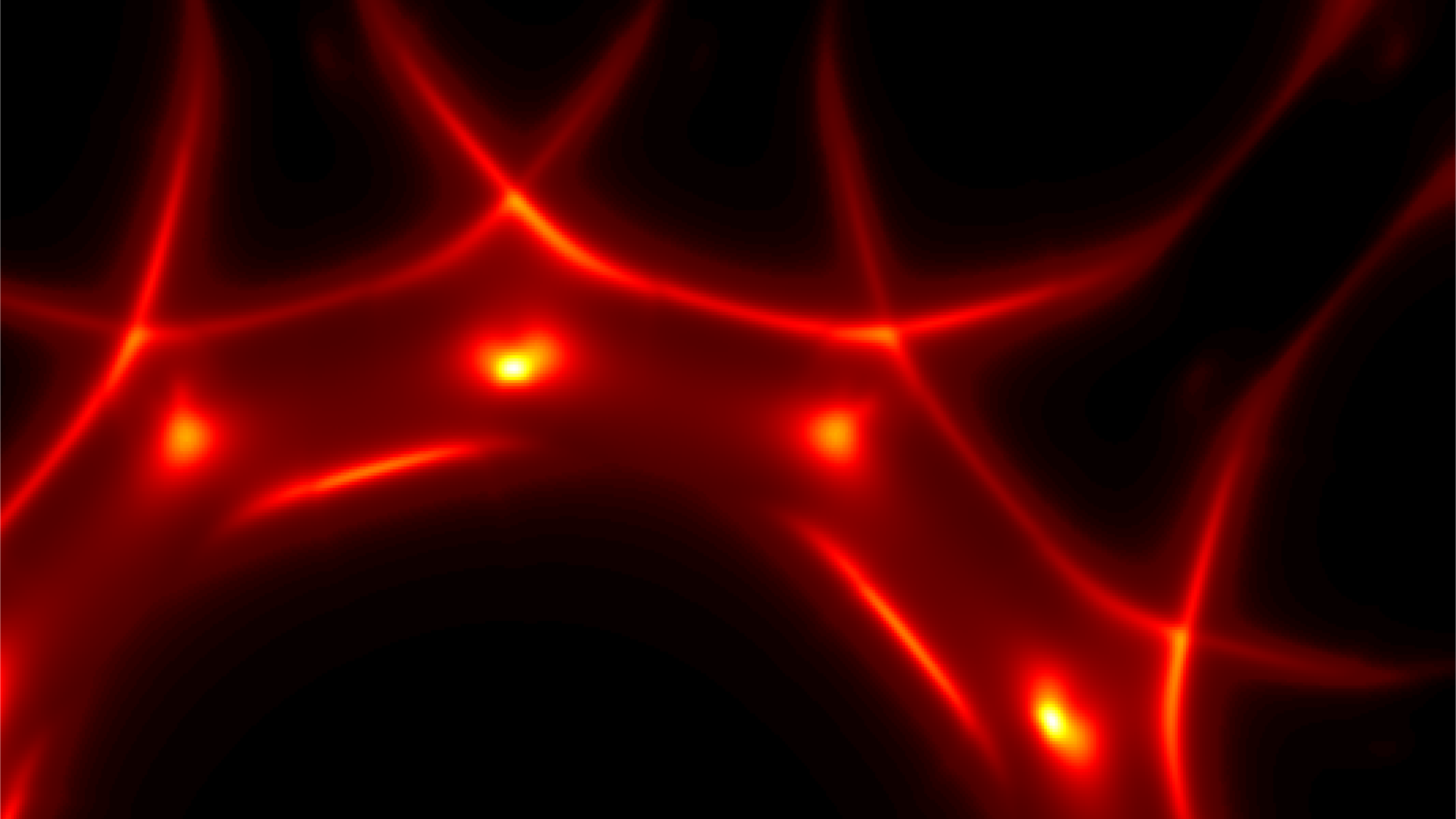Project status
In progress
Duration
Open-ended
In progress
Open-ended

Our research in theoretical and computational physics involves a wide range of systems, which typically consist of many interacting components, such as molecules, electrons, or living organisms.
Newton's laws of motion are often successful in describing the dynamics of systems of atoms and molecules, and Schrodinger's equation can be used to understand much of materials physics. But looking at the equations themselves gives no hint of the important physical phenomena like crystal formation or the operation of solar cells contained within their solution. Similarly, even simple interactions between living organisms can result in unexpected spatial or social organisation.
These examples show that simple equations and simple systems can support complex emergent behaviour. Fortunately, mathematical and computational tools from theoretical physics are ideal for understanding the complex phenomena that are observed in nature.
In the Theoretical and Computational Physics group, we exploit methods like Monte Carlo simulation, network analysis and density functional theory. We use them to investigate:
There are opportunities for postgraduate research throughout our group. Interested students can either contact academic staff directly or look at their proposed PhD projects posted on FindAPhD.com.
The Theoretical and computational physics research group carries out research in diverse fields and in collaboration with many other groups across the world.
For numerical calculations, we make use of dedicated group computing servers as well as the university's high performance kilonode computing cluster which provides a powerful resource for tackling computationally intensive problems.
We have regular seminars on research within the group and frequent visits from external speakers. By meeting together in this way, we are able to share new methods and identify novel problems for future study.